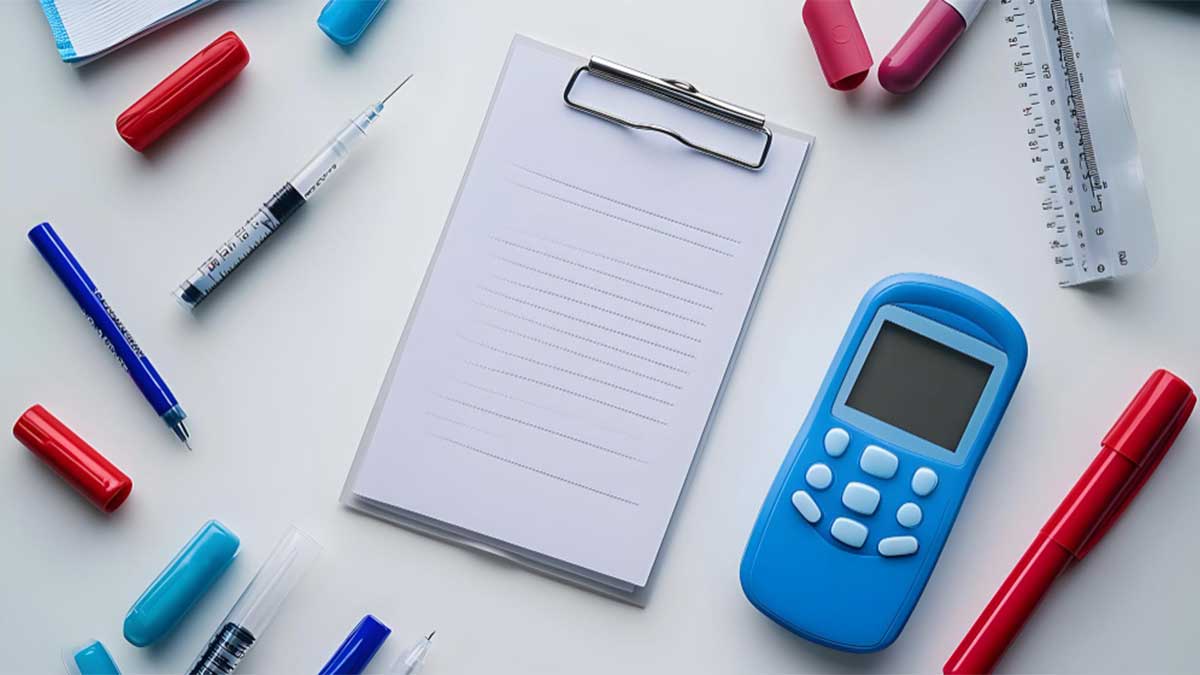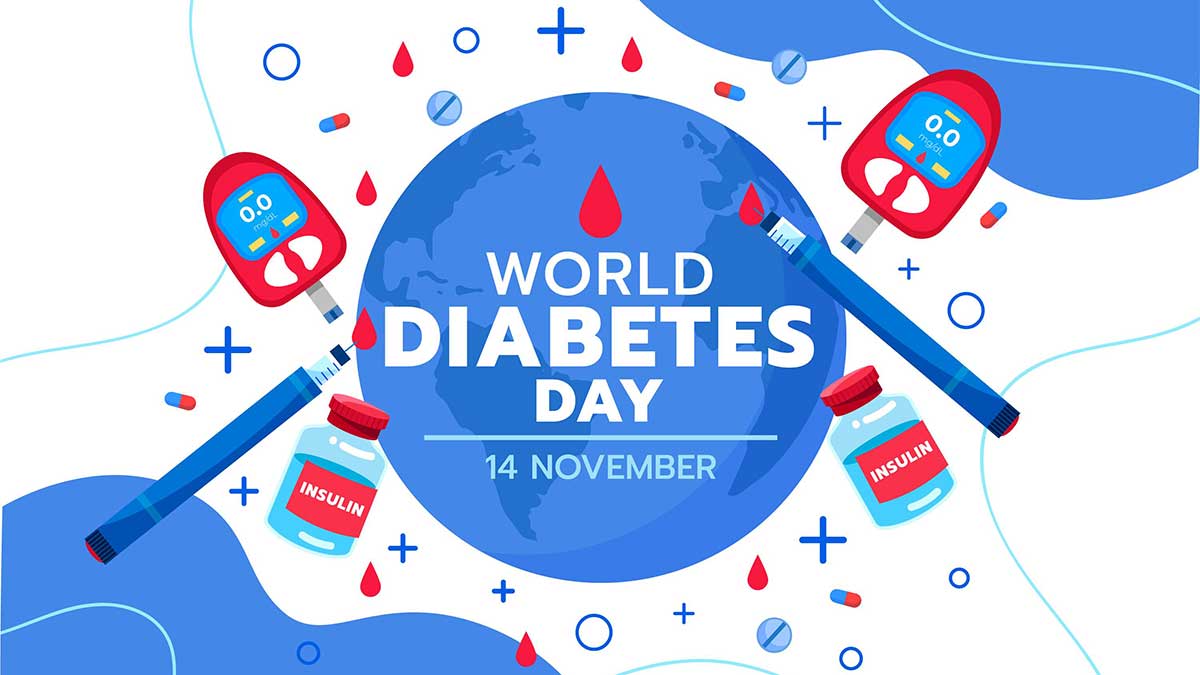
Best Practices for Translating Patient Education Content
In healthcare, communication is far more than words it’s a bridge to understanding, trust, and better outcomes. For every patient, clear communication is the foundation of quality care. But for individuals with limited-English proficiency (LEP), that bridge can sometimes feel difficult to cross.
At Metaphrasis, we believe that every patient deserves access to information that helps them make informed decisions about their health. When patient education materials are translated accurately and with cultural awareness, they open the door to true understanding and empowerment ensuring that every patient, regardless of language, feels seen, heard, and supported.
Why Patient Education Translation Matters
Effective patient education empowers individuals to take an active role in their care. Yet for patients who speak little or no English, even the most carefully written materials can feel inaccessible. Language barriers can lead to misunderstandings, which in turn may increase the risk of medical errors, readmissions, or delayed recovery.
When healthcare information is translated with accuracy and empathy, it promotes health literacy and trust. LEP patients can understand their diagnoses, follow treatment instructions, and feel confident in the care they receive. In short, clear translation helps transform information into action—and that can make a real difference in health outcomes.

Common Challenges in Translating Healthcare Documents
Translation in healthcare is a nuanced process that requires both linguistic expertise and cultural insight. According to the Toolkit for Making Written Material Clear and Effective from the U.S. Department of Health and Human Services, several common challenges can compromise the quality of patient education translations:
- Cultural nuances may be overlooked. Literal translations can unintentionally ignore cultural context, affecting how messages are perceived.
- Inconsistent language patterns. Words and syntax that sound natural in English may not flow well in another language.
- Complex terminology. Some medical terms don’t have direct equivalents, leading to confusion or misinterpretation.
- Text complexity. Materials written at a high reading level may overwhelm patients.
- Mistranslations or factual inaccuracies. Even small errors can change medical meaning in harmful ways.
Recognizing and addressing these challenges is essential to creating translations that are not just accurate but also meaningful and relatable.
Best Practices for Translating Patient Education Materials
Identify Which Materials Truly Need Translation
Not all healthcare information is best conveyed in writing. Sensitive topics such as discussing a new diagnosis or treatment options are often better shared in person with a qualified interpreter.
However, written educational materials such as brochures, procedural guides, aftercare instructions, and community health resources are essential to translate. These serve as valuable references that patients can revisit, reinforcing what was discussed during appointments.
Simplify and Refine Before Translation
A clear and well-structured original document is the foundation for a successful translation. Reviewing materials beforehand allows teams to simplify complex terminology, shorten sentences, and clarify ideas that may be difficult to interpret across cultures.
This extra step helps ensure that translations remain both accurate and approachable, making health information more accessible to a wider audience.
Translate for Meaning, Not Just Words
Healthcare translation should always aim to convey the intended message, not just individual words. A literal translation may miss important nuances or context. For example, the English phrase “watch your sugar” could confuse readers if translated word-for-word it’s more meaningful to express it as “monitor your blood sugar levels regularly.”
At Metaphrasis, we emphasize meaning-based translation paired with cultural awareness. Our translators consider not just what is said, but how it will be understood, ensuring materials feel natural, respectful, and aligned with the patient’s background.
Partner With Experienced Medical Translators
The quality of translated materials depends on the expertise behind them. Professional medical translators understand the precision required to communicate complex healthcare information accurately and compassionately.
At Metaphrasis, our team includes native-speaking translators with specialized healthcare experience. This allows us to deliver translations that are not only linguistically precise but also culturally authentic helping providers communicate effectively with patients in over many languages.
Translating Diabetes Education Materials: Best Practices

As the world observes World Diabetes Day on November 14, 2025, it’s an important time to reflect on how accurate, culturally sensitive translations can empower patients managing chronic conditions like diabetes.
For patients with limited-English proficiency, understanding diabetes care instructions such as how to monitor blood sugar, manage medications, and follow dietary guidelines can be overwhelming. High-quality translation can turn that uncertainty into understanding, giving patients the confidence they need to manage their condition effectively.
Use Clear, Encouraging Language
Diabetes education materials should be written in language that feels kind, inclusive, and easy to follow. Phrases should guide patients gently through important concepts such as:
- Monitoring blood glucose
- Taking medication correctly
- Recognizing symptoms of low or high blood sugar
- Making balanced food choices
The goal is to create a tone that reassures rather than intimidates helping patients feel capable and supported as they navigate their care journey.
Adapt Nutrition Advice to Reflect Cultural Traditions
Food is personal and deeply connected to culture. Translating dietary recommendations effectively means understanding and respecting these cultural preferences.
For example:
- A translation for Hispanic communities might reference corn tortillas instead of bread.
- Materials for Asian patients could include rice portion guidance rather than elimination.
By localizing diet-related education in a way that reflects familiar foods and customs, healthcare providers make healthy living feel both achievable and culturally relevant.
Incorporate Visuals and Culturally Relevant Imagery
Visual aids transcend language. Diagrams or infographics showing glucose testing steps, balanced meals, or foot care routines can make information clearer and more engaging.
At Metaphrasis, we recommend using visuals that reflect the patient’s community and lifestyle, ensuring the imagery feels welcoming and relatable. A thoughtful visual presentation can make a significant difference in how well information is retained.
Collaborate With Bilingual Healthcare Professionals
Before materials are finalized, involving bilingual healthcare professionals or diabetes educators ensures that translations are not only linguistically sound but also clinically accurate. Their firsthand insight into patient communication can help refine tone, phrasing, and context.
Seek Feedback From the Patients You Serve
Patient feedback is one of the most valuable tools in assessing the effectiveness of translated education materials. Listening to how patients interpret and use these resources helps healthcare teams continuously improve communication and deepen trust.
How Metaphrasis Supports Accurate, Culturally Competent Communication
At Metaphrasis, we understand that words carry weight especially in healthcare. Our mission is to ensure that every patient can access information in a way that feels clear, compassionate, and culturally appropriate.
Through our network of expert linguists, interpreters, and cultural consultants, we help healthcare organizations connect meaningfully with the communities they serve. Whether it’s translating diabetes education guides or patient discharge materials, our goal is always the same: to make healthcare communication equitable and human-centered.
Conclusion
Language should never be a barrier to understanding one’s health. By investing in accurate, culturally sensitive translation, healthcare providers can extend the same quality of care to every patient—no matter their native language.
As we mark World Diabetes Day, we are reminded that true patient education is not only about sharing knowledge it’s about sharing understanding, empathy, and care. And that begins with communication that everyone can trust.
